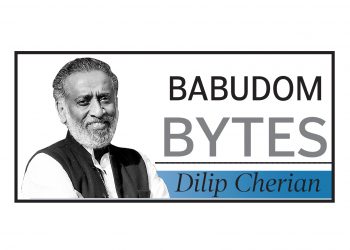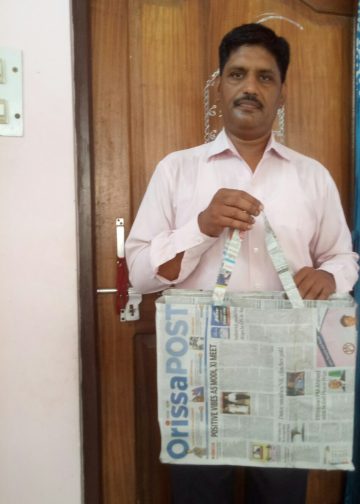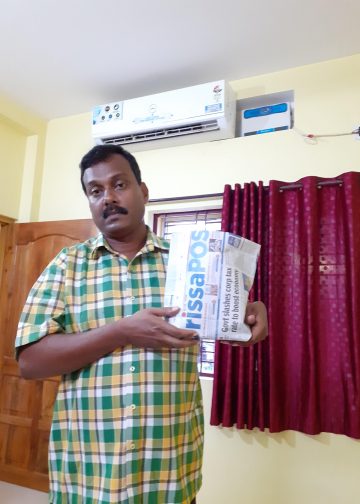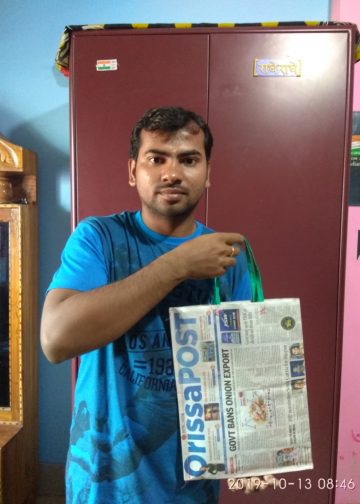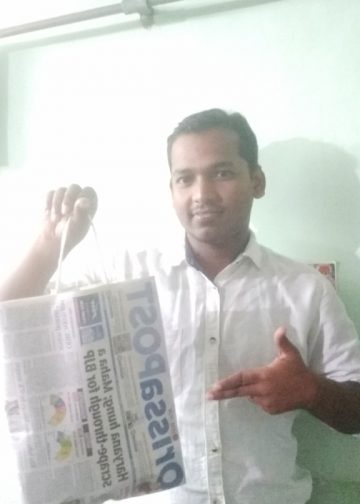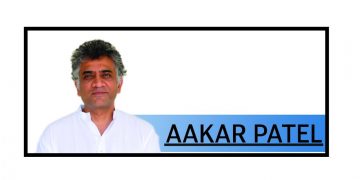When a senior Enforcement Directorate (ED) officer gets caught in a graft case, eyebrows go up. But when insiders start whispering about deeper rot, it’s time to take notice.
The ED, which handles the heavy-lifting on money laundering investigations under the PMLA, has had its share of limelight in recent years. But lately, that spotlight has begun to flicker. Not because it’s overworked or under-resourced, but because of who is steering it, and whether they know how to drive.
Traditionally, the ED’s top echelons were manned by seasoned IPS officers trained to deal with criminal statutes, investigative pressure, and courtroom scrutiny. But post-2016, a quiet but impactful shift happened. Revenue and finance services officers—often with little exposure to criminal law—began occupying senior posts. Think bean counters suddenly being handed handcuffs.
This isn’t a turf war narrative. It’s about competence. And consequences. A former IPS officer (who’s seen it from the inside) bluntly says the problem isn’t power—it’s the lack of training. Criminal provisions under PMLA aren’t just legal tools; they’re legal landmines. Mishandle them, and it’s not just the case that blows up—the system does too.
The fix clearly is mandatory rigorous training for all ED appointees, regardless of their parent cadre. Because in a department where power comes easy, the ability to wield it responsibly must come first.
Planes, trains & prime ministers
Only in India can a steam engine enthusiast end up curating the country’s highest-octane political museum — and somehow, it makes perfect sense. Ashwani Lohani’s appointment as Director of the Prime Minister’s Museum and Library isn’t just a career twist; it represents a full circle.
This is the man who introduced glamour (and a touch of grease) to the National Rail Museum, then went on to lead Air India, where he was expected to perform miracles on a shoestring and a prayer. He chaired the Railway Board, too, juggling budgets, bottlenecks, and boardroom blues with that uniquely Indian blend of optimism and jugaad.
Now, Lohani finds himself back on familiar tracks, though the engines at Teen Murti run on ideology, not diesel. The museum, which seeks to house the legacies of all of India’s Prime Ministers under one roof without spontaneous combustion, could benefit from a steady hand. Lohani’s been appointed for a three-year term, though if past precedent is anything to go by, he might just become the next long-term exhibit.
It’s a clever appointment. The museum, which was established not without controversy — remember the murmurs about it being a “power play against Nehruvian memory”? — now gains a director who’s neither a political insider nor a legacy warrior. Lohani possesses that rare trait: institutional nostalgia coupled with management prowess.
If he can keep Air India from nosediving (well, almost) and coax a smile from a steam locomotive, he might just manage the trickiest task yet: presenting India’s political history without sparking a coalition crisis in the galleries.
Let’s hope the souvenir shop sells irony by the pound.
A breath of fresh air or just another paper tiger?
Gujarat’s government has decided to put its meetings on a diet: no more than one hour, and preferably virtual if you’re dialing in from outside Gandhinagar. It’s part of a new set of guidelines issued by the General Administration Department, following recommendations from the Gujarat Administrative Reforms Commission (GARC). The aim is to make meetings more efficient and less time-consuming.
On paper, it sounds like a dream come true for anyone who’s ever sat through a three-hour meeting that could’ve been an email. The guidelines are clear: schedule meetings at least three days in advance, share the agenda beforehand, start on time, and wrap up within an hour. District-level officers are expected to join virtually unless there’s a compelling reason to be physically present.
But here’s the thing: while the intentions are commendable, the success of such reforms hinges on execution. Will departments adhere to these guidelines, or will they become just another set of rules that look good on paper but are ignored in practice? Babu inertia is a formidable force, and without a robust mechanism to enforce these changes, we might find ourselves back to square one.
Moreover, while the focus on efficiency is laudable, it’s essential to ensure that the quality of discussions doesn’t suffer. Some issues are complex and require in-depth deliberation. A rigid one-hour cap might lead to rushed decisions or superficial discussions.
In the end, the effectiveness of this reform will depend on the commitment of all stakeholders to genuinely embrace the change. If implemented earnestly, it could set a precedent for other states to follow. If not, it risks becoming just another well-intentioned initiative that failed to make a real impact.
By Dilip Cherian

